It is hard to keep up with Mumbai's transformation that seems to happen by the minute. Here's a look at four decades of some it's significant and memorable turning points.
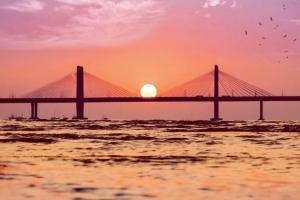
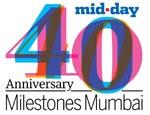 The great strikes
The great strikes
ADVERTISEMENT
It was one of the seminal events that still continues to have an impact on the city. Since the 70s was a breeding ground for socialist ideas – with a belief that people could actually change theircircumstances – it gave birth to a watershed moment in India's labour and trade union history. The Bombay Textile Strike began in January 1982. Over two lakh workers went on strike, led by trade unionist Datta Samant. At the end of the strike, which lasted for two years, thousands were jobless, hundreds of mills were shut down, and the belief in trade unionism was broken.
NSE opens up in Mumbai
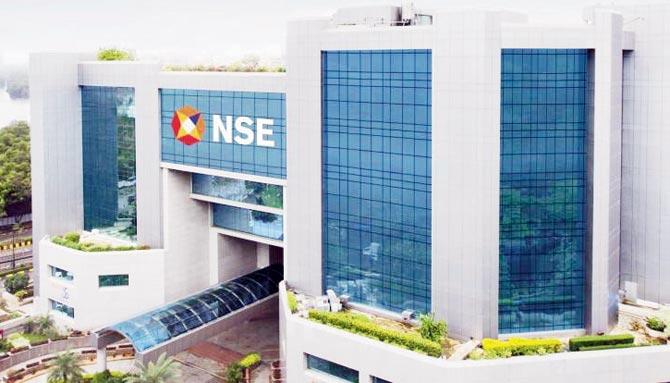
The National Stock Exchange opened at the Bandra Kurla Complex in 1994. NSE was set up by a group of leading Indian financial institutions at the behest of the Centre to bring transparency to the Indian capital market. It was the first exchange in India to introduce electronic trading facility thus connecting together the investor base of the entire country.
Birth of a new city
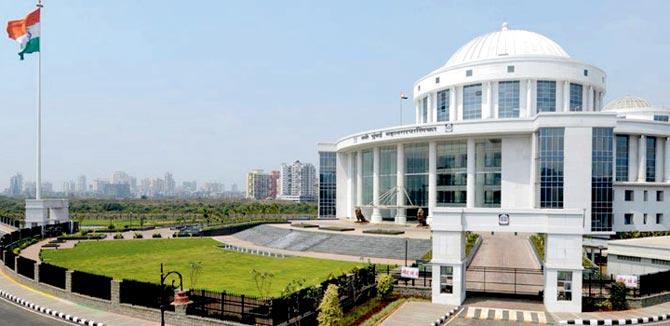
Although the idea of a New Bombay was put forward by Arthur Crawford in 1908, star architect Charles Correa, civil engineer Shirish Patel, and planner Pravina Mehta wrote a systematic proposal for a twin city, New Bombay, in the 1965 issue of the magazine, Marg. The drought in Maharashtra between 1970 and 1973 had caused an inflow of people into the city. And it was only in the '70s and the '80s that the plans for New Bombay were being put into effect. Wholesale markets were shifted to Navi Mumbai in the '80s, and real estate boomed. It helped decongest Mumbai in a significant manner.
Water connectivity
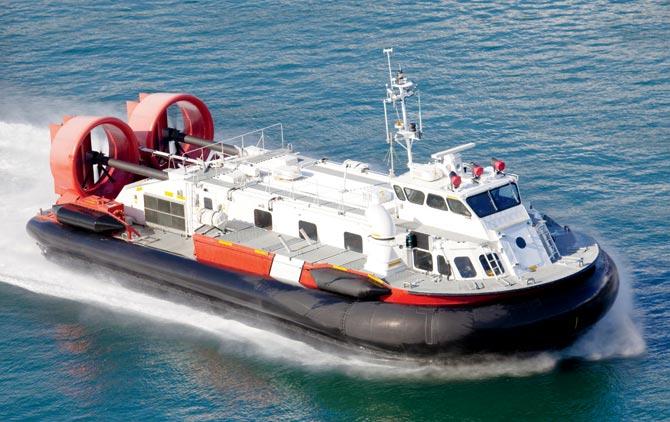
Hovercraft services plied briefly in the late 1990s between the Gateway of India and CBD Belapur in Navi Mumbai. They were subsequently scrapped due to lack of adequate infrastructure. Following the monsoon, the company had to suspend operations and suffered losses. Two of the abandoned hovercraft still lie around the Belapur jetty. This was a short-lived idea and the services were abandoned in 1998, and still await a reboot.
The heritage movement kicks off
In 1984, The Indian National Trust for Art and Cultural Heritage (INTACH) was set up in Delhi and then in Mumbai. Under its aegis, local groups drew up a draft list. After a national-level inventory was established, a review of the Mumbai list was commissioned by INTACH and a system of classification and grading was adopted. INTACH has done a complete makeover of the Bhau Daji Lad Museum and continues to contribute to numerous heritage sites across Mumbai.
55 flyovers that changed the skyline
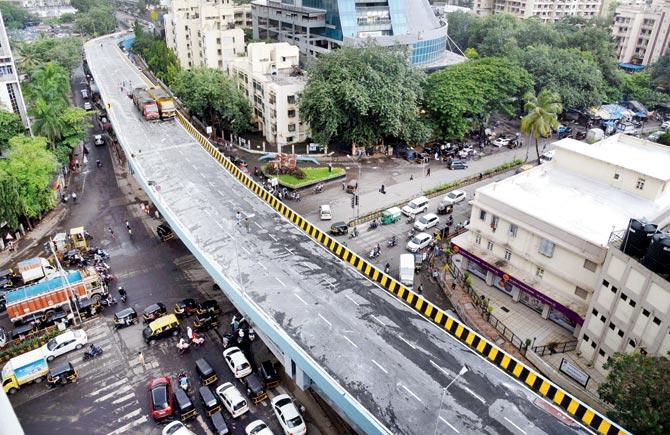
The city got about 55 flyovers after a government committee recommendation in 1998. Built at a cost of R1,500 crore, the flyovers helped cut down travel time and alleviate the traffic situation, albeit temporarily. This gave a major infra boost to Mumbai. To recover the cost of the project, the government of Maharashtra authorised the MSRDC to levy a toll on major roads at five locations in Mumbai. Toll collection work was started in January 2000.
Eastern Freeway

The 16.8km Eastern Freeway, primarily intended to reduce travel time between South Mumbai and the eastern suburbs, was opened in 2013. The maximum allowed speed limit is 60 km/h. To give easy access for travelling public, the freeway is also used by public transport BEST and State Transport buses, mostly connecting the Eastern and Harbour Suburbs with South Mumbai and further down to Navi Mumbai.
New dam, more water

A new dam Middle Vaitarna , third tallest in Mumbai, built on the Vaitarna river came up in Thane's Kochale village in 2012. The dam stands at a height of 102 metres to collect 455 million litres of water vital for Mumbai's growing water demand. The water is transported to Bhandup treatment plant with a 40 km pipeline and delivered to the city. This dam will be crucial for the city in times of water scarcity.
A new port
After a long time, a new large volume, commercial port opened near Mumbai. The Jawaharlal Nehru Port Trust (JNPT), was commissioned on May 26, 1989 to become the busiest and most modern major port in India, handling 55 to 60 per cent of the country's total containerised cargo. The port paved the way for further growth of Navi Mumbai's outskirts, laying better roads and rail lines to boost connectivity there.
Birth of Bombay heritage list
In 1990, while the Maharashtra government was finalising its draft of Development Control Regulations for 1981-2001, it was suggested that a list of heritage buildings be included. Now known as The Heritage List, a final count included 624 buildings and precincts. Thanks to it, Mumbai is home to three UNESCO World Heritage Sites: the Elephanta Caves, Chhatrapati Shivaji Maharaj Terminus, and the city's distinctive ensemble of Victorian and Art Deco buildings in Fort.
Sister cities get an Expressway

The Mumbai-Pune Expressway was opened in 2002 to become India's first access-controlled six-lane highway. It helped cut down traffic and journey time between two cities. The Expressway has four lane wide tunnels at five locations with total length of 6000 meters. There are separate tunnels for traffic in both directions and the cost of the tunnels was about R200 crore.
Foundation of Bombay's growth
The Bombay Urban Development Project was begun in January 1985. It included construction and financing of about 85,000 serviced residential, commercial and small industrial plots, which included community facilities, core housing, and house expansion loans on about 13 sites in the Bombay Metropolitan Region. Secondly, the project also aimed to provide funds for upgrade of slums in about 300 hectares, mostly in the Bombay Municipal Corporation (BMC) limits, providing equipment and civil works for improving the maintenance of roads, drains and services, and the collection and disposal of refuse.
Bandra Worli sea link
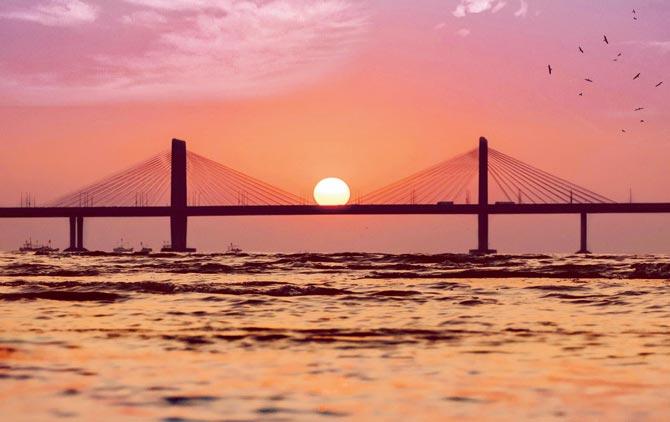
Originially planned to be unveiled in YEAR, the Bandra Worli sea link became the new landmark of Mumbai. Officially known as the Rajiv Gandhi Sea Link, construction of this eight-lane sea bridge provided an additional fast-moving outlet from the island city to the western suburbs, providing much-needed relief to the congested Mahim Causeway. The bridge has been integrated with a state-of-the-art system for system monitoring, surveillance, information guidance and emergency support. It was opened to public on June 30, 2009.
The modern city
The 2000s marked the dominance of neo-liberalism. Bandra-Kurla Complex was India's reply to Singapore before Manmohan Singh in 2004 gave the city a new aspiration – Shanghai. And while Deutsch Bank moved into the iconic 19th-century Tata Palace in Kala Ghoda — spending money on its restoration — there were also instances that were particularly contentious. Colaba's Buckley Court Hotel, for instance, was revamped by Hafeez Contractor by constructing a residential tower behind the old structure when the heritage committee had initially proposed a low-rise scheme.
India's first ATM
As the country geared for the heady days of liberalisation, the banking sector began to look at ways and means to improve facilities for the common man. HSBC became the first bank to install an ATM in the country. This was set up in Andheri East in 1987.
City opens to west coast rail link
The Konkan Railway link was established in 1994 from Bombay with the starting of the first VT to Veer-Dasgaon rail service. The line was eventually taken upto Mangalore, connecting the southern railway, and bridging a very large gap on the rail map.
City gets first private cabs

Before Ola or Uber was a speck in their founders' eye, there was Meru. The company was founded in April 2007, making an entry of private cabs for public transportation in Mumbai at a large scale as an option to the black and yellow taxis. It brought in high-end vehicle models and gave a new face to the traditional taxi industry, paving the way for other private companies to make entry and establish themselves.
Raj Bhavan opens to visitors
For the first time, a part of the official residence of the governor of Maharashtra was thrown open tovisitors in 2015. It allows only 10 people a day in a select part of the precinct, mainly a sunrisegazing point and a temple. Visitors register online and pay R25 each and have to leave all phones and cameras at the gate.
First ladies' special trains in India
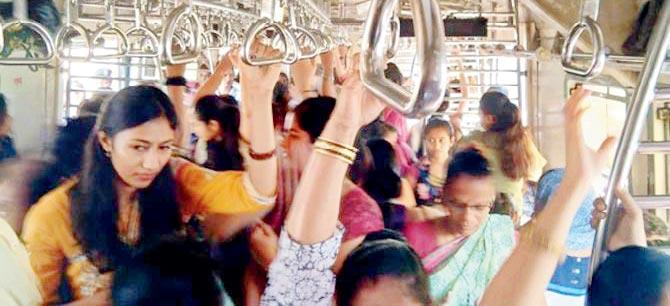
On May 5, 1992 the WR introduced a suburban train service to ferry only women passengers between the Churchgate and Borivali stations. Initially, there were only two daily services, but the number has now gone up to eight services a day- four each in the morning and evening peak hours. This later set a trend of women only trains across suburban rail sectors across India.
SRA for a slum free city
In 1995, to make Mumbai a slum-free city, the Government of Maharashtra launched a comprehensive slum rehabilitation scheme by introducing an innovative concept of using land as a resource and allowing incentive floor space index (FSI) in the form of tenements for sale in the open market, creating the Slum Rehabilitation Authority (SRA). This changed the face of Mumbai by erasing slum clusters and putting dwellers in towers that came up in their place. Land sharks and the real estate mafia also have a free ride.
A city renamed
The Maharashtra government officially changed the English name of Bombay to Mumbai in November 1995. Shiv Sena, that won the elections in Maharashtra, pushed for the name change, arguing that "Bombay" was a corrupted English version of "Mumbai" and an 'unwanted legacy' of British colonial rule.
Mantralaya fire

The 2012 Mantralaya fire that led to the death of five employees and erasing records sped up the digitisation process of Maharashtra government. The blaze which started on the afternoon of June 21, 2012 with a short circuit on the fourth floors spread to fifth, sixth and seventh floors, claiming five lives. This, however, had an impact on several government offices and speeded up digitisation of records and public services.
Save Aarey Movement

The Save Aarey movement started in November 2014 against the destruction of the greens for metro and other infrastructure projects. The battle still goes on, with Goregaon's green lung suffering a slow death. The basic contention is that Aarey should remain undisturbed as it was once a part of the deciduous stretch of forests that characterised much of the Mumbai metropolitan area, which is now restricted to the adjacent Sanjay Gandhi National Park and hillocks.
Beach clean-up inspires world
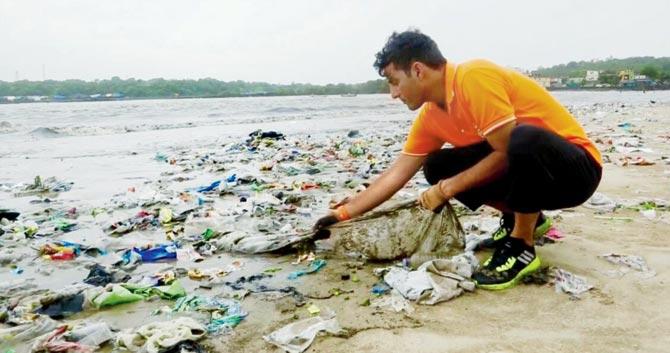
In 2015, lawyer and environmentalist Afroz Shah started one of the world's biggest beach clean-up drive in Versova which inspired many people in India and across world. The clean-up became a sustained movement. The United Nations called it the "world's largest beach clean-up effort" and awarded Shah.
City votes right

In 1995, the Shiv Sena and the Bharatiya Janata Party (BJP) secured an overwhelming majority in Maharashtra to form a coalition government. The Shiv Sena-BJP alliance was in power between 1995 and 1999 with Manohar Joshi of Shiv Sena as its first chief minister and Gopinath Munde of the BJP as deputy chief minister. In 1998, Joshi was replaced by Narayan Rane.
Widening of city's highways
Between 2004-2008, MMRDA had carried out widening work of the arterial Western Express Highway and Eastern Express Highway and as a part of the work the road was converted from six lanes to eight lanes along with service road on either sides. The Western Express Highway (WEH) connects the domestic and international airports, connects Film City and most other film studios located in the western suburbs. It also leads up to Ahmedabad on the National Highway. The 23.55 km-long Eastern Express Highway is an arterial road connecting CST in south Mumbai with Thane.
NCP takes shape
The Nationalist Congress Party, one of the eight national parties in India, was formed in 1999, by Sharad Pawar, PA Sangma, and Tariq Anwar after they were expelled from the Indian National Congress. The party faced the Lok Sabha and assembly elections within two months but met with success and gained nationwide recognition.
City of towers
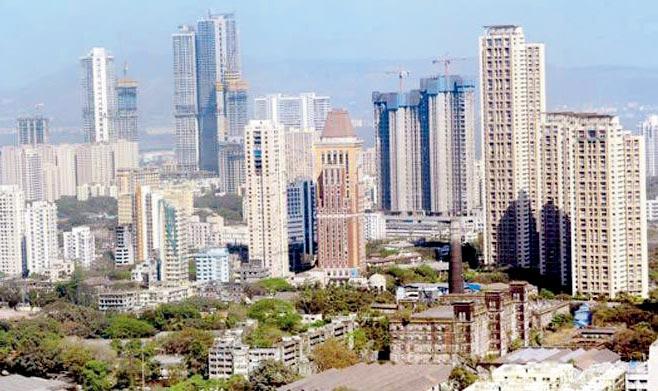
Development Plan 1991 and the Development Control Regulations which were a two-decade long document for the infrastructure and real estate growth of the city paved way for tall towers as it was amended over the last two decades. The Redevelopment of buildings was allowed in one of the amendments that took place in mid 2000s and saw a massive construction across the city.
Mumbai Monorail
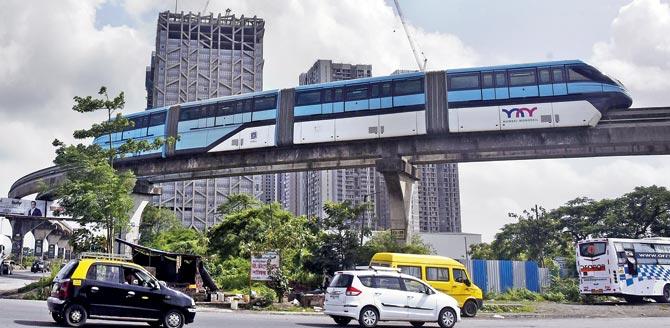
The Mumbai Monorail phase was originally proposed by the MMRDA as an efficient feeder transit to the metro and suburban rail systems offering efficient, safe, air-conditioned and affordable public transport to commuters or Metro and suburban railways. The system started commercial operation after partially opening Phase 1 between Chembur and Chunabhatti to the public in 2014 and subsequently Phase 2 till Lower Parel in 2019. And, as of today, the Mumbai Monorail is the sixth- largest monorail system in the world.
Hub for medical tourism
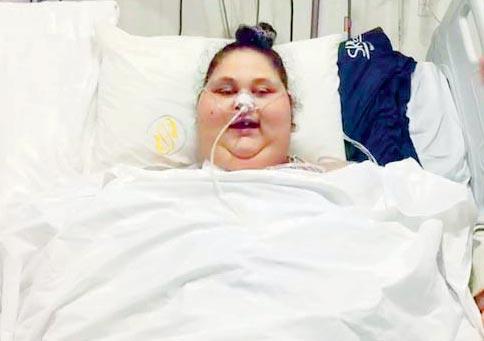
After Egyptian citizen Eman Ahmed Abd El Aty, believed to be the world's heaviest woman, successfully underwent a weight- loss bariatric surgery after losing over 100 kg (220 lbs), Mumbai became the spot of medical tourism with similar cases flying into the city from across the world. Doctors said the bariatric surgery market has been steadily growing since the last decade and so is its contribution to medical tourism.
Upgrade of a lifeline
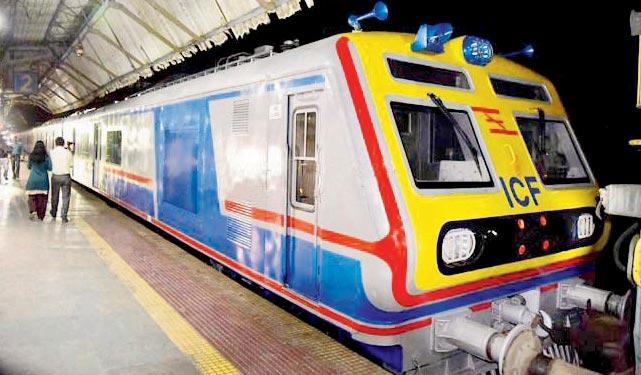
The lifeline of the city, the local trains, made a big change when the first air-conditioned local train was run on Western Railway Mumbai between Andheri and Churchgate on Christmas Day 2017. The railways on an upgrade mode further ordered more air-conditioned local trains for the city and as a policy decided to upgrade the city's fleet with air-conditioned local trains over the next decade.
City dumps get a lift
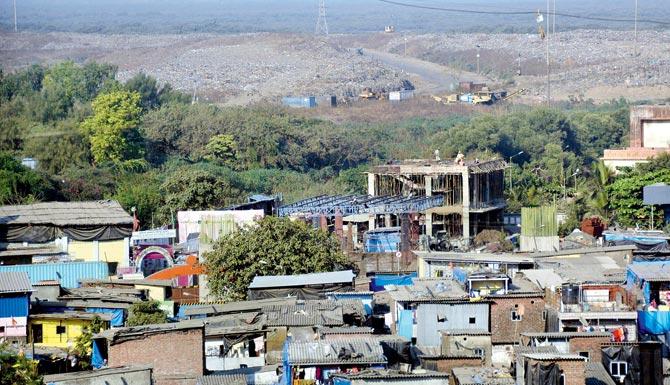
The Municipal Corporation successfully managed to scientifically shut Gorai and Mulund dumping grounds and is now tackling waste management at land-fill sites near Kanjurmarg and Deonar. There is also a long-term plan to open more land-fill sites for Mumbai's garbage at Taloja and Airoli.
Mumbai airport upgrade
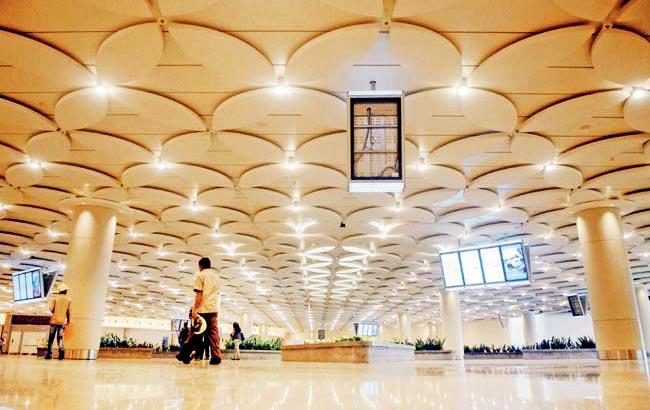
The Airports Authority of India had been considering the modernisation of Mumbai airport in 1996 although the AAI board approved a modernisation proposal only in 2003. An upgrade plan which has changed the face of Mumbai airport, was initiated in 2006, targeted at increasing the capacity of the Mumbai airport to handle up to 40 million passengers annually and the new terminal T2 was opened in February 2014.
July 26 torrential rain
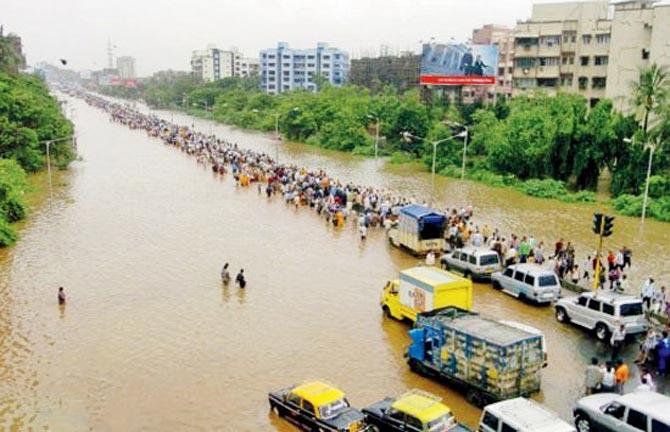
The torrential rain on July 26, 2005, proved to be the worst in 120 years. With Mithi river overflowing, it led to the complete collapse of civic infrastructure bringing the city to a standstill. All this put the death toll at nearly 450. This led to several parallel developments, including widening and cleaning up of the Mithi river subsequently.
Mayor Governance — failed attempt
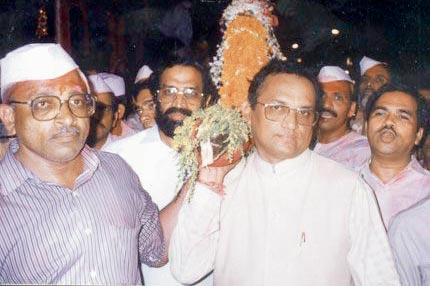
Mumbai made a failed attempt to bring in a directly elected mayor with more powers by introducing the Mayor-In-Council system from April 19, 1998 at the behest of chief minister Manohar Joshi, but under Shiv Sena leader Nandu Satam (in pic), the system proved to be too controversial with many complaints. Following this, chief minister Narayan Rane withdrew it 1999. Also, in 2002, the number of seats of municipal councillors increased from 221 to 227 as the city wards were divided. With the population growth in the city, there was delimitation of municipal wards and after the process was complete, it gave rise to six new civic wards.
Green zones of Mumbai
_2.jpg)
Originally called the Krishnagiri Park, the Borivli park was administered by an independent unit of the Forest Department called Borivli National Park Sub-division. It was declared as a national park in 1981 and re-dedicated as Sanjay Gandhi National Park in memory of Sanjay Gandhi, the son of former Prime Minister of India Indira Gandhi. In 2009, the first ever study found that Mumbai has one of the highest density of leopards in the world.
Two new rail termini
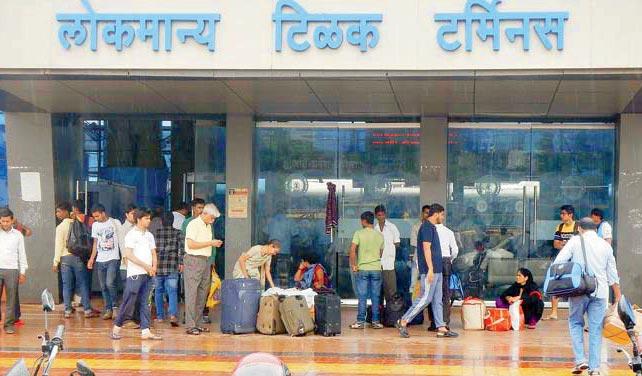
With the saturation of existing rail termini in Mumbai, two new rail termini were set up on open space at Kurla and Bandra to cater to the outstation passengers. This saw a major shift in passenger crowds and movements on both the railways. While Kurla Terminus, later renamed as Lokmanya Tilak Terminus, was opened in 1991, the Bandra Terminus was opened in 1992.
Elphinstone Road stampede

On 29 September 2017, around 10.30 am local time, a stampede occurred on a footbridge at the former Elphinstone road railway station (now renamed Prabhadevi). It killed 23 commuters. This led to the construction of over 100-foot bridges across Mumbai's railway stations over the next two years.
A new lifeline

In a major infra and transport boost, as of today, work on six different metro lines is underway in different parts of the city. The Maharashtra government expects to begin trial runs for 11 metro lines in the Mumbai Metropolitan Region (MMR) by the end of 2024.
Steel market moves out
In October 1989, the iron and steel market shifted from Mumbai to Kalamboli. After the opening of the305-hectare steel market, all major shifted their stockyards and related markets there. The relocation shifted much of the heavy duty traffic entering the city, especially on the EEH."
By Rajendra B Aklekar, Ranjeet Jadhav, Chetna Yerunkar, Arita Sarkar, Rupsa Chakraborty, Pallavi Smart, Anamika Gharat and Dalreen Ramos
 Subscribe today by clicking the link and stay updated with the latest news!" Click here!
Subscribe today by clicking the link and stay updated with the latest news!" Click here!







